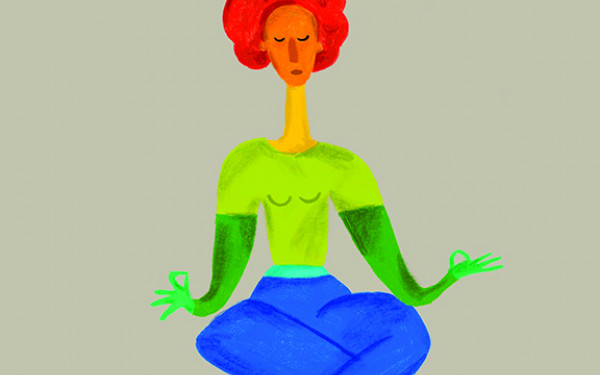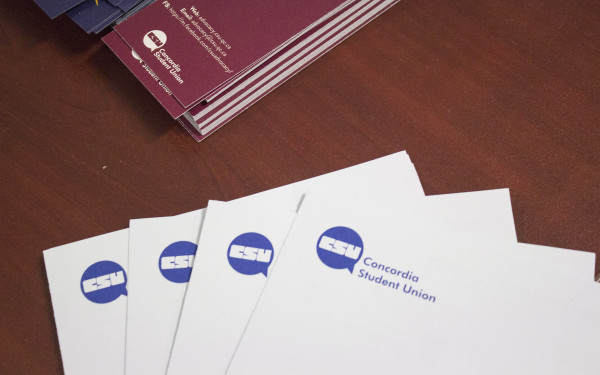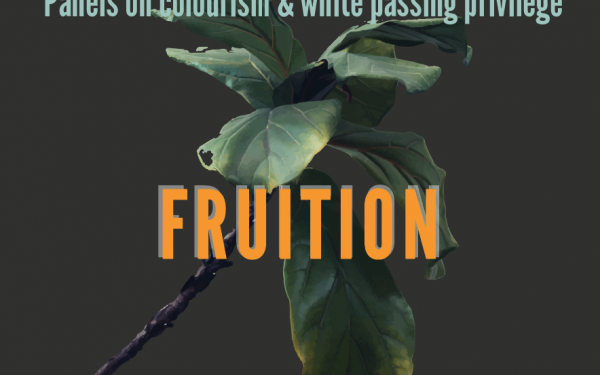Concordia students and faculty compile BIPOC course list
List aims to help students learn about BIPOC issues in an academic setting
After the murder of George Floyd and the mainstream resurgence of the Black Lives Matter movement, a group of students and professors decided to create a project to tackle the institutional white dominance within Concordia University.
“What this project accomplishes is that it brings to the surface what already exists in the university but it also shows us what is lacking,” said Angélique Wilkie, one of the project supervisors and an assistant professor in contemporary dance.
Heather Igloliorte, co-director of the Indigenous Futures Cluster, started creating a list of Indigenous-related courses. After a conversation with Wilkie, they decided to bring together Monika Gagnon, department chair and professor in communications, and a group of three BIPOC students each from a different level of education to create a BIPOC-focused and BIPOC-related course list. BIPOC-focus refers to courses where a substantial amount of the content discusses aspects of the Black, Indigenous, or People of Colour communities.
It was important for them to differentiate between BIPOC-focused and BIPOC-related because “it would be dismissive of people who have content but that is not yet elevated to the level of BIPOC-focused,” said Chesline Pierre-Paul, a master’s candidate in translation studies.
Additionally the course lists are identified with who teaches the course as well as what perspective they bring to the course.
With each course submission, professors were asked to identify what percentage of their course was about BIPOC related topics. The purpose is to ensure professors that advertise having BIPOC content are aware of the extent their course covers topics in that space. If the professor reports a lower percentile, the hope is this reflection will encourage them to incorporate more BIPOC content, Pierre-Paul explained.
“It makes us question which areas of the university, in terms of curriculum content, are certain perspectives not being brought to light. Then we can begin questioning how to facilitate bringing them to light,” Wilkie adds.
As a queer Black student at Concordia, Pierre-Paul said she didn’t have courses engaging racial diversity and was unaware of courses discussing BIPOC issues outside of her faculty. This project was made in part as a comprehensive resource for BIPOC students to get courses that are about them and for them, she explained.
“It makes us question which areas of the university, in terms of curriculum content, are certain perspectives not being brought to light. Then we can begin questioning how to facilitate bringing them to light.” —Angélique Wilkie
The resource is also for non-BIPOC students to learn “different perspectives and to listen and understand other voices outside of the dominant voices in academia, which tend to be white voices,” said Shawn Suyong Yi Jones, one of the students who created the list.
Students aside, the course list “creates this standard where we can hold an institution accountable in ensuring that there is a critical and fair acknowledgment of our scholarship, our stories and our leadership through the courses,” said Pierre-Paul.
Each course is labelled as focusing on either Black, Indigenous, People of Colour, or a mix of them.
“When you look at what is assumed to be the neutral objective content,” said Pierre-Paul, “it is actually very subjective and white dominated.” Identifying which demographic the course focuses on allows people to “think more critically of whose stories you’re sharing and what part of knowledge you’re allowing into this course,” she said.
“There isn’t a neutrality in the language [or] content [...] and [professors] have to acknowledge their own level of accountability to the courses and the content themselves,” said Pierre-Paul.
“As proud as I am about the project,” said Wilkie, “it's a drop in the bucket in the overall questioning that has sprouted and needs to [...] deepen in the university in terms of looking at our structures and the ways in which we function, who we represent, and the way we represent them.”
Wilkie adds that the list needs to be updated every year “so that it doesn’t become an archive of what used to be offered, but that it continues to be a living document that is pertinent to the student population of the moment because it's necessary.”
Pierre-Paul says that it is important “to avoid having marginalized voices and realities being marginalized in the classroom.” She’s been in classes where her gratitude was expected if a class mentions race even if the professor isn’t part of the reality and is speaking for another demographic.
“I feel like it’s looking at the holistic redress rather than cosmetic changes that are there to placate us at certain moments where there's upheaval and then that the back to normal involves marginalizing us all over again,” she said.
Suyong Yi Jones only expected 30 submissions from the professors, yet they ended up receiving over 100.
“I was so excited with what we had achieved and for working with this team to bring this information out and open to people,” he said.
With files from Mzwandile Poncana.

_288_438_90.jpg)
_600_832_s.png)




